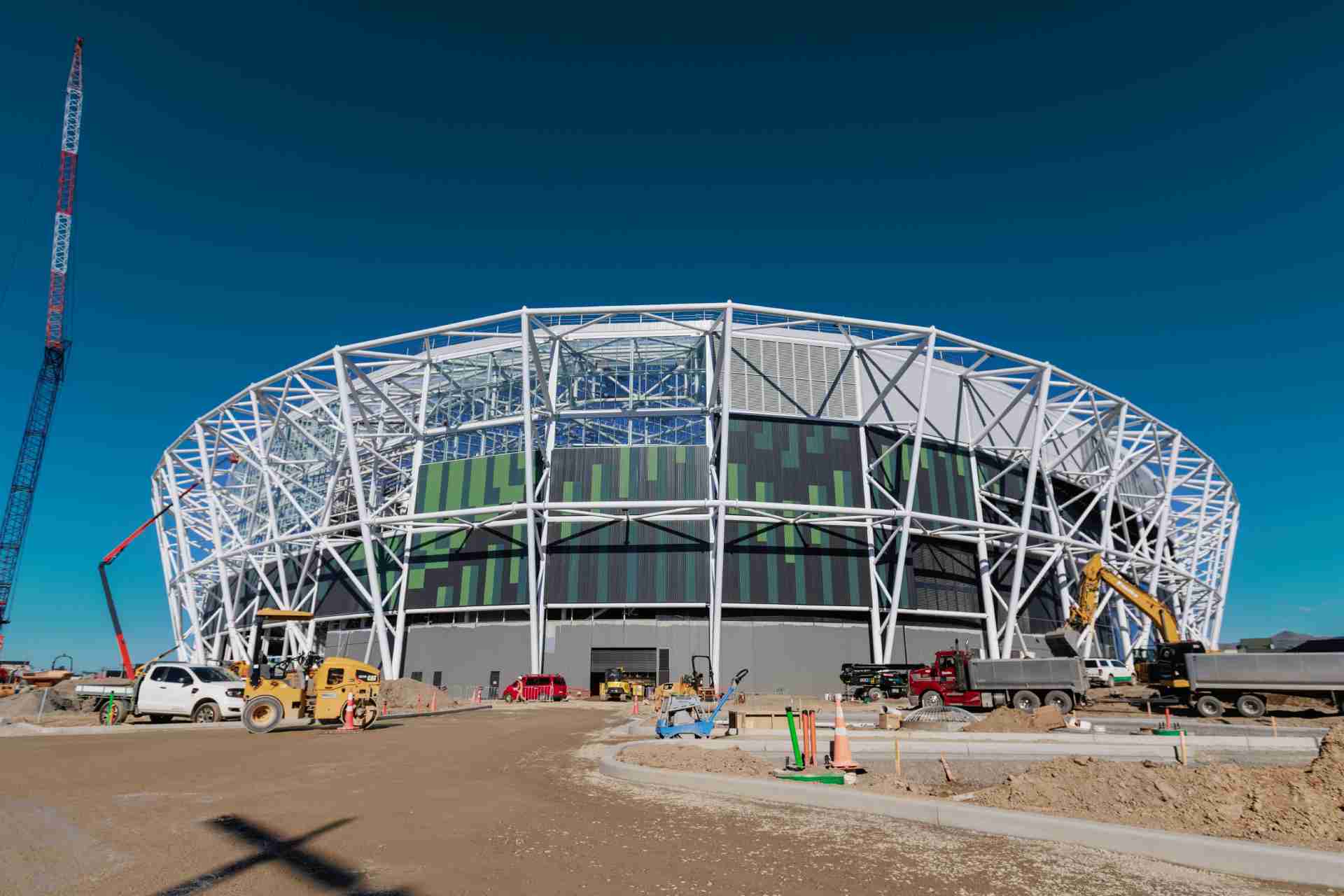

The Gisborne and Hawke’s Bay region had the highest incidence rate of workplace injury claims in 2024, per Stats NZ data.
There were 120 claims per 1,000 full-time equivalent employees (FTEs). Yet the national incidence rate for work-related injury claims was 80 claims per 1,000 FTEs, the lowest rate since 2002.
Trades workers had the highest number of claims by occupation in 2024, with 34,400 claims.
A total of 209,400 work-related claims were made in 2024 (down 16,600 from 2023).
By body site of injury, the abdomen (including pelvis, kidney, lower back/spine) had the highest number of work-related injury claims in 2024, with 39,700 claims.
Five industries account for 42% of workplace claims costs: manufacturing, construction, agriculture, forestry, and fishing.
Injury statistics for work-related claims give information about claims accepted by ACC for work-related injuries.
Preventing workplace injuries should always be at the forefront of the industry’s mind. Maybe more than ever now, though, as new home consent figures signal an uptick in construction activity.
“September recorded the highest number of homes consented in more than two years,” economic indicators spokesperson Michelle Feyen said.
Excluding seasonal effects, 7.2% more new homes were consented to in September 2025 than in the month prior. There were 3,747 new homes consented nationwide in September 2025, a 27% increase compared to September 2024.
“Residential construction has declined in recent years, but home consents have been trending up through 2025 and have strengthened in recent months, suggesting a possible lift in future building activity.”
With construction activity expected to ramp up again, the sector faces a familiar challenge: maintaining safety standards while meeting demand. More workers on-site, tighter deadlines, and skill shortages can all heighten risk if not carefully managed.